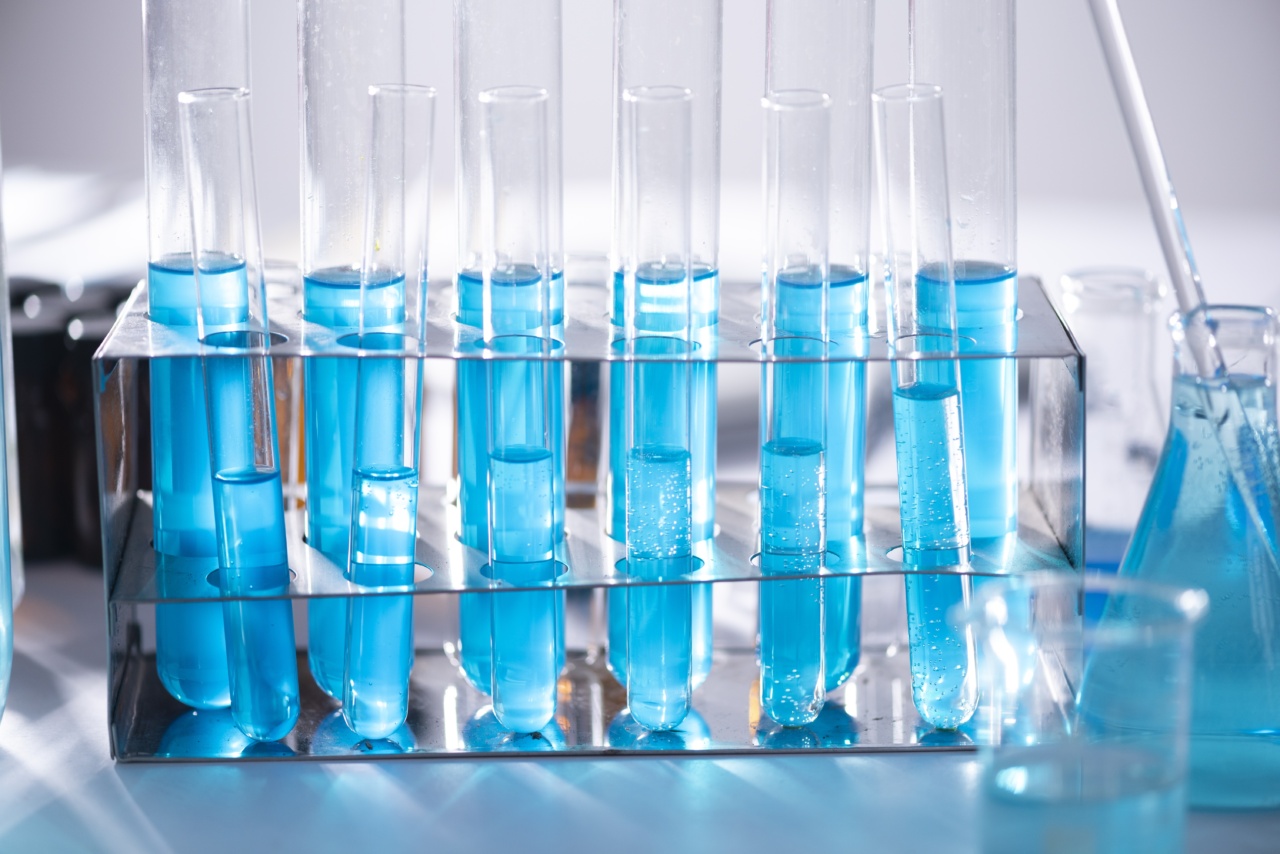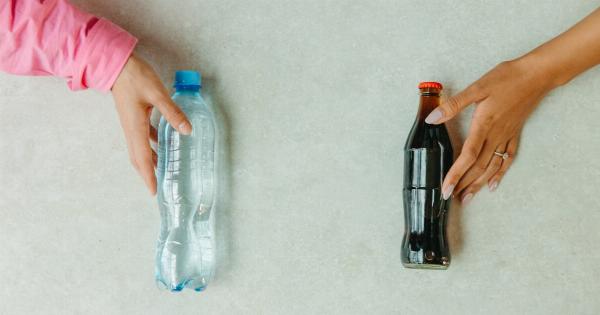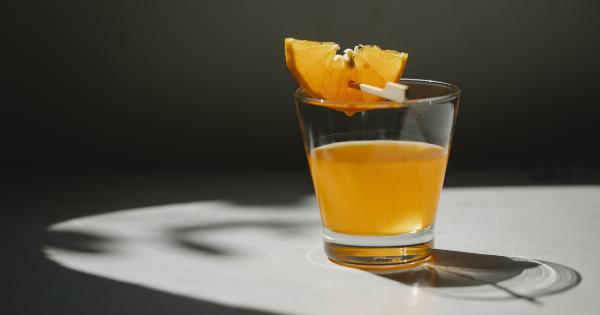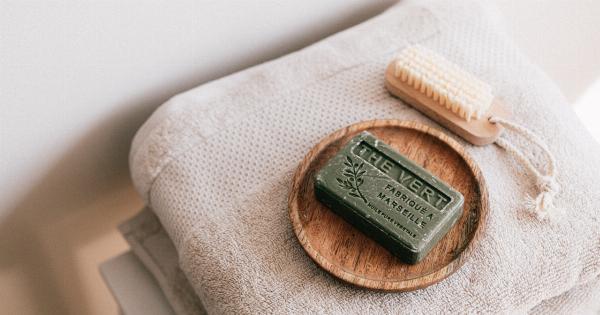Have you ever stopped to think about the cleanliness of your dishwasher? While it may seem like a hygienic place to clean your dishes, there may actually be harmful bacteria lurking in its depths.
In this article, we will explore some potential dangers associated with dirty dishwashers and provide tips on how to keep them clean and bacteria-free.
Understanding the hidden dangers
Dirty dishes can harbor a wide range of bacteria, and when these dishes are placed in your dishwasher, some of those bacteria can be transferred to its interior surfaces.
Over time, these bacteria can multiply and potentially contaminate your dishes, glassware, and utensils. Furthermore, the warm and moist environment inside a dishwasher provides an ideal breeding ground for certain types of harmful bacteria. This raises concerns about the safety and cleanliness of the items you use for eating and drinking.
The risk of foodborne illnesses
One of the main concerns with dirty dishwashers is the risk of foodborne illnesses. Bacteria such as Salmonella, E. coli, and Campylobacter can cause severe gastrointestinal infections when consumed.
If your dishwasher is not properly cleaned and disinfected, these bacteria can survive and spread to your dishes, potentially leading to illness when you use them to consume food or beverages.
Common causes of bacterial contamination
There are several factors that can contribute to bacterial contamination in dishwashers:.
- Food particles left on dishes: When dishes are not adequately pre-rinsed before loading them into the dishwasher, food residues can remain on the surfaces. This provides an ideal breeding ground for bacteria.
- Inadequate disinfection: Dishwashers rely on hot water and detergent to clean your dishes. However, if the water temperature is not high enough or the detergent is not effective, bacteria may survive and thrive in the dishwasher.
- Infrequent cleaning: Many people neglect to clean their dishwashers regularly, allowing bacteria to accumulate over time.
Tips for keeping your dishwasher clean and bacteria-free
To ensure that your dishwasher remains clean and free from harmful bacteria, follow these simple tips:.
1. Pre-rinse your dishes
Before loading your dishes into the dishwasher, give them a quick rinse to remove any visible food particles. This will help prevent bacterial growth and improve the effectiveness of the dishwasher’s cleaning cycles.
2. Use hot water
Make sure your dishwasher’s water temperature is set to the appropriate level. Hot water is essential for killing bacteria and ensuring proper disinfection of your dishes.
Check the manufacturer’s instructions for recommended water temperature settings.
3. Use an effective detergent
Choose a high-quality dishwasher detergent that is specifically designed to kill bacteria and remove food residues. Look for products that are labeled as antibacterial or sanitizing.
4. Clean the dishwasher regularly
To prevent bacterial buildup, clean the interior of your dishwasher on a regular basis. Remove the racks and wash them with warm soapy water.
Wipe down the walls and door of the dishwasher using a solution of vinegar and water, or a dishwasher cleaner recommended by the manufacturer.
5. Let your dishwasher dry completely
After each cycle, leave the dishwasher door open for a while to allow the interior to dry thoroughly. This helps prevent the growth of bacteria in the moist environment.
6. Inspect and clean the filter
Most dishwashers have a filter that traps food particles to prevent clogs. Regularly inspect and clean this filter to remove any accumulated debris and bacteria.
7. Consider using a dishwasher cleaner
In addition to regular cleaning, you can use a dishwasher cleaner. These products are specifically designed to remove built-up grease, limescale, and bacteria from the interior of your dishwasher. Follow the instructions provided by the manufacturer.
8. Practice good food safety habits
Even with a clean dishwasher, it’s important to handle your food properly to prevent contamination. Wash your hands before handling food, separate raw and cooked foods, and cook food to the appropriate temperatures.
9. Regularly inspect your dishwasher
Keep an eye out for any signs of mold, mildew, or foul odors in your dishwasher. If you notice any of these, it’s a sign that your dishwasher needs a thorough cleaning.
10. Consider professional maintenance
If you’re unsure about cleaning your dishwasher yourself or suspect a persistent issue, consider hiring a professional dishwasher maintenance service.
They have the expertise and tools necessary to deep-clean and ensure the proper functioning of your dishwasher.
By following these tips, you can significantly reduce the risk of harmful bacteria in your dishwasher and ensure that your dishes are clean and safe to use.





























